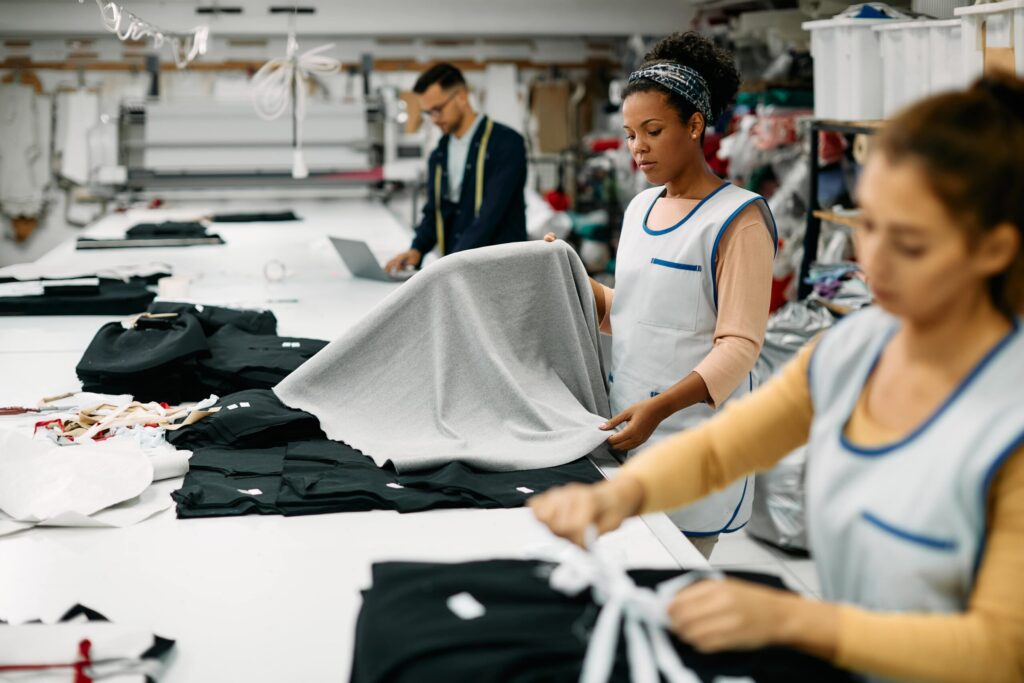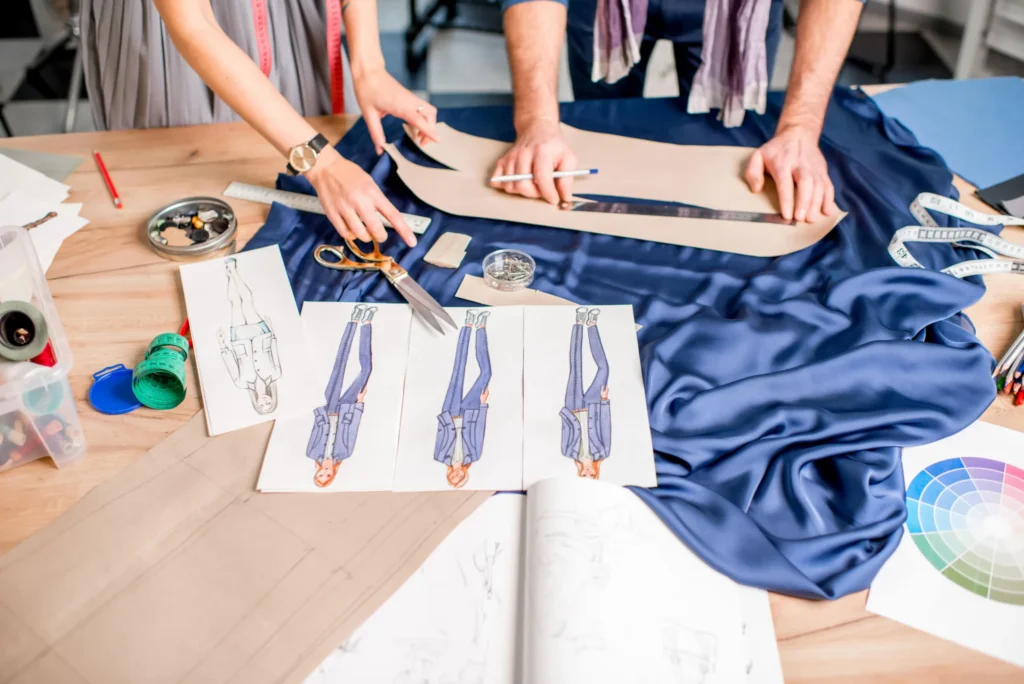What are the biggest problems in clothing manufacturing?
The biggest problems in clothing manufacturing include poor communication, production delays, fabric defects, weak quality control, and unclear tech packs, all of which can impact sustainability efforts in the fashion industry. These issues lead to higher costs and slower deliveries.
How can I avoid production delays in garment manufacturing?
To avoid production delays, create a detailed timeline, monitor supplier lead times, and communicate regularly with your factory. Hiring a production inspector can also help track progress.
Why is a tech pack important in fashion manufacturing?
A tech pack gives manufacturers everything they need, like sketches, measurements, and material details. Without it, they may guess and make costly mistakes, impacting consumer demand and overall efficiency.
How do you reduce defects in clothing production?
Reduce defects by testing prototypes, using clear tech packs, training workers properly, and performing quality checks during production, not just at the end.
What causes sizing issues in manufactured clothing?
Sizing issues often happen due to inconsistent grading or missing measurement tolerances in the apparel industry. Always set exact specs and allow a small error margin.
How can factories and designers communicate better?
Use platforms that store tech pack updates, translation tools, and conversation threads in one place. Clear visuals and organized chats reduce errors.
What is the best way to control garment quality?
The best way is multi-stage quality control—inspect the fabric before cutting, check stitching during production, and review final packaging before shipment to ensure sustainability in the fashion industry.
How does smart manufacturing help reduce mistakes?
Smart tools like Clo3D let you simulate garments digitally before sewing. This helps catch design or fit problems early and reduces waste.
What happens if a factory machine breaks down during production?
Machine breakdowns delay production. That’s why regular maintenance, trained operators, and having spare machines are essential for smooth operations.
Can I change materials mid-production?
Yes, but only if you communicate changes clearly. Always update your tech pack and confirm new materials with the factory to avoid errors.



